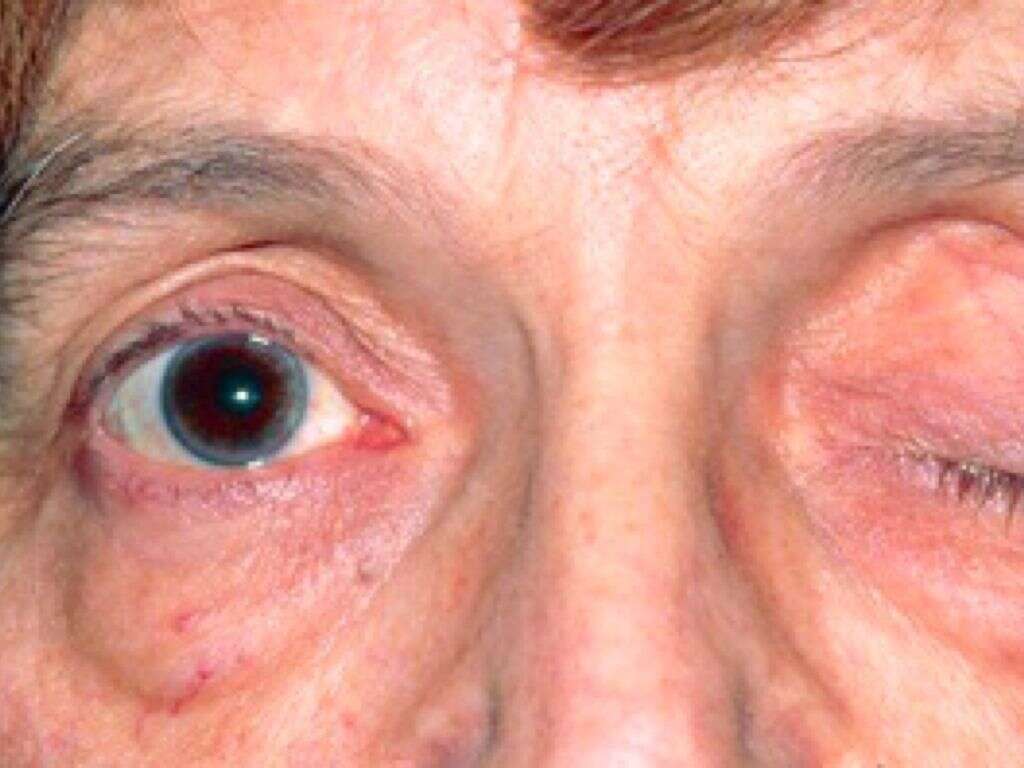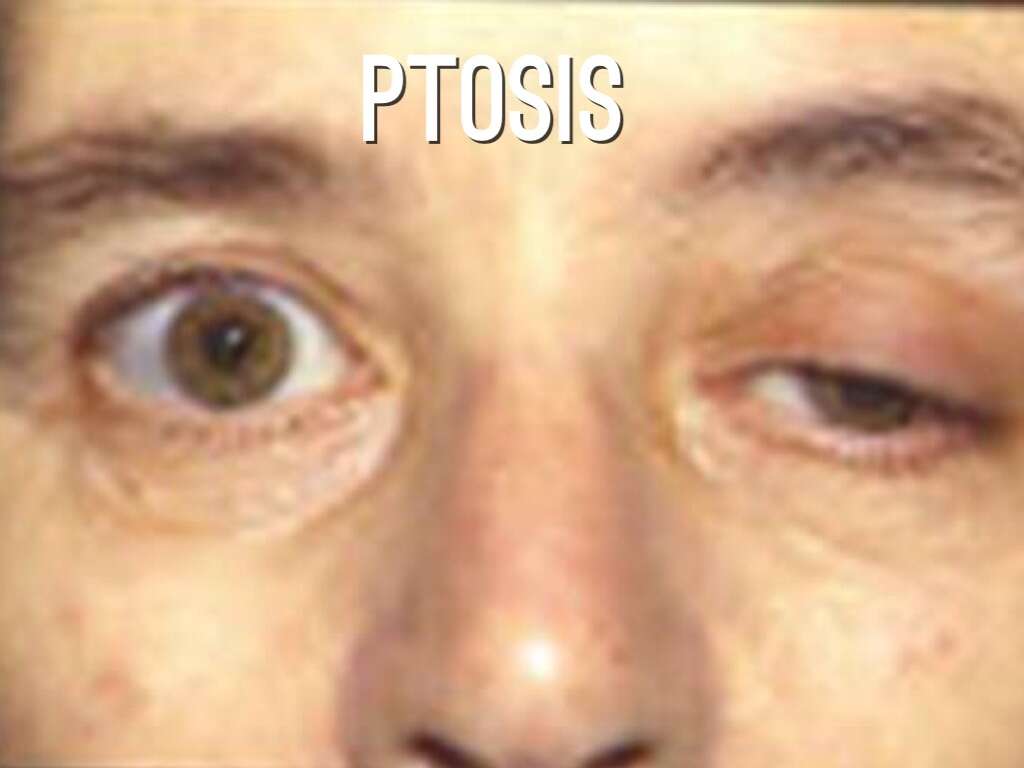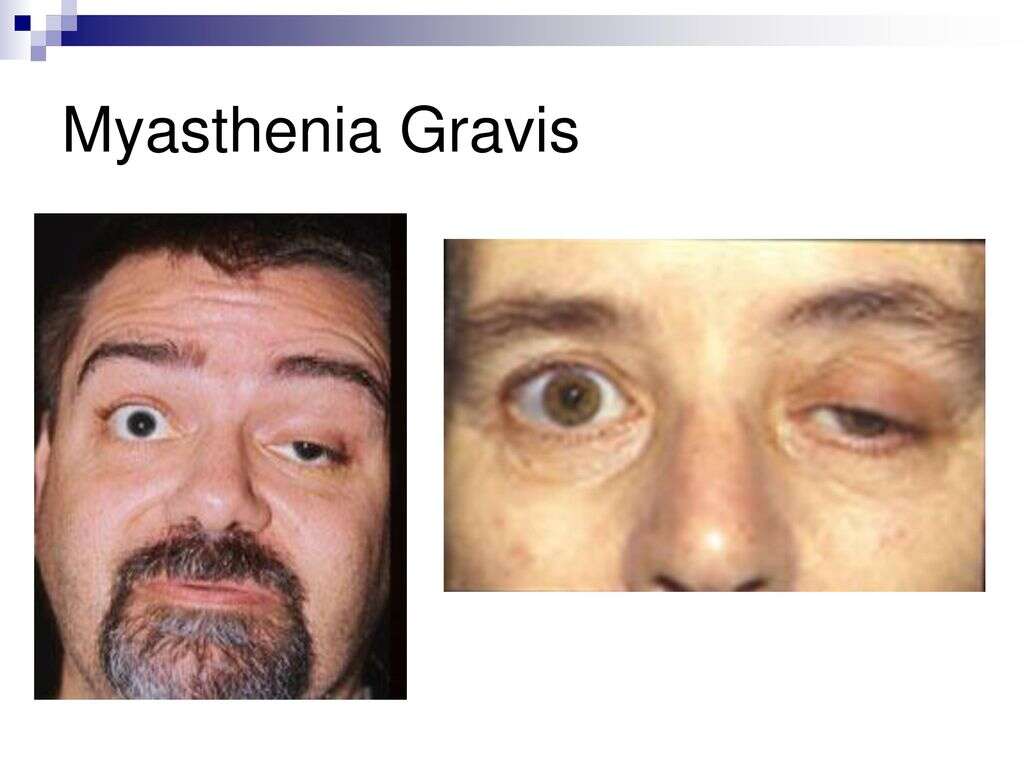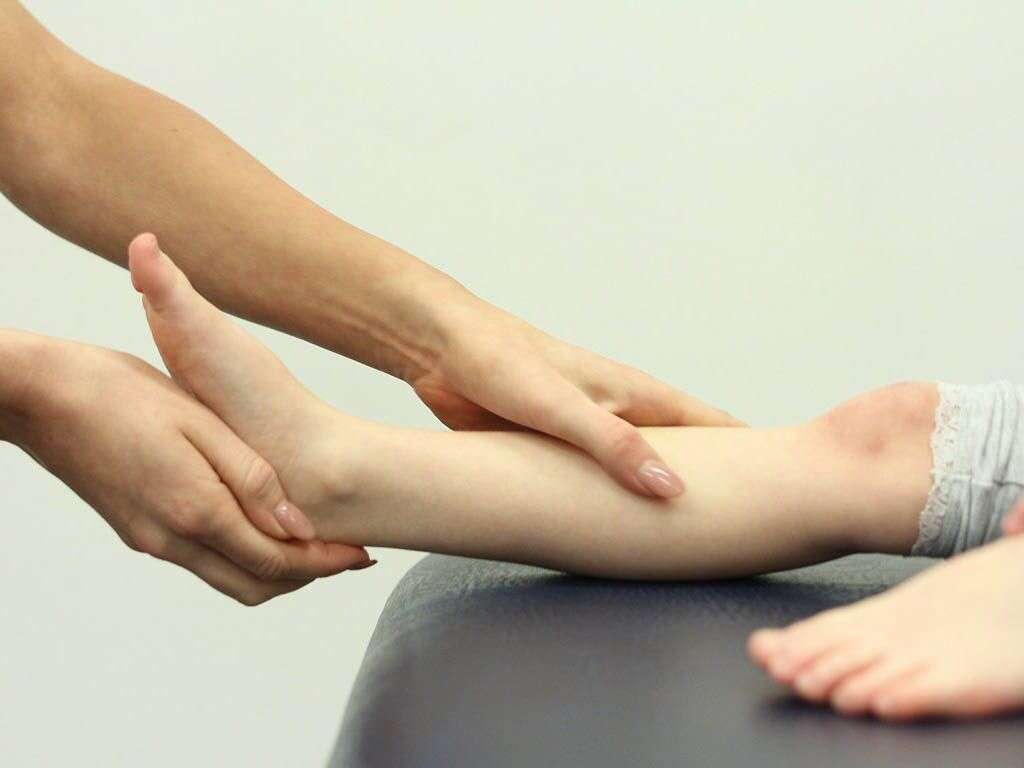10 Symptoms of Myasthenia Gravis
Myasthenia gravis is a chronic neuromuscular and autoimmune disorder characterized by fatigue and weakness of the skeletal muscles, otherwise known as voluntary muscles. Muscle weakness occurs because there is a blockade in the normal communication between nerves and muscles. The autoimmune attack occurs when the body forms antibodies against the nicotinic acetylcholine postsynaptic receptors located at the neuromuscular junction. It is relatively a rare condition.
Even though myasthenia gravis can affect anyone at any age, it is usually diagnosed among women in the third decade of life, or men over the age of 60 years. Warm weather, emotional stress, menstrual cycle, pregnancy, drugs that affect neuromuscular transmission, infections, immunization, or surgery can make myasthenia gravis symptoms worse.
Myasthenia gravis has no cure. However, treatment can help relieve its signs and symptoms. Common myasthenia gravis symptoms include:

Symptom #1: Ptosis
Ptosis or drooping of the eyelid is a common myasthenia gravis symptom, thus it can be present on more than 75 percent of patients. This is perhaps the very first sign of this chronic neuromuscular disorder because the levator palpebrae superioris muscle is affected. Ptosis can progress from mild to severe over a period of weeks to months.
Ptosis can be either unilateral or bilateral, and is usually asymmetric. The drooping of the eyelid may not be always visible, unless muscle weakness is provoked by sustained use of the muscles involved. Ocular symptoms of myasthenia gravis often tend to come and go, appearing more often when the person is exposed to triggering stimuli. Patients with Myasthenia gravis typically report no ptosis in the morning and almost complete closing of the eyes at night.

Symptom #2: Double Vision
Diplopia or double vision is another common symptom of this condition. A majority of patients diagnosed with myasthenia gravis will develop eyesight problems at some point in their life. Double vision, for example, will result because of muscle weakness affecting the extraocular muscles. Diplopia may be horizontal or vertical, and usually improves when one eye is closed. It can also cause blurred vision and a halo around objects.
Double vision because of extraocular muscle weakness tends to worsen while watching TV, reading a book or newspaper, driving, etc. If a person can’t see clearly, his/her life quality will be affected.

Symptom #3: Difficulty Chewing
Muscles involved in mastication may also be affected. This progressive muscle weakness may cause chewing problems in patients with myasthenia gravis. Patients may experience severe jaw weakness causing their jaw to hang open, and making it necessary for them to actively open and close their jaw with their hands in order to chew solid foods.
Chewing smaller bites of food or switching to a liquid diet might help (as long as no swallowing impairment is associated).

Symptom #4: Difficulty Swallowing
Difficulty swallowing or dysphagia is another problem that patients diagnosed with myasthenia gravis have to deal with. As the neuromuscular damage continues to progress, the muscles that aid chewing and swallowing begin to weaken. As mentioned, chewing certain foods might be a challenge, and as the disease progresses, swallowing becomes difficult too.
The food remains in the mouth despite trying to swallow it. In certain cases, the food can regurgitate into the nose (i.e. liquids), instead of going down to the stomach through the esophagus. Aspiration and choking is also possible in later stages of the disease. If a person can’t eat normally then the quality of life will be significantly impaired.

Symptom #5: Slurred Speech
A slurred speech is another myasthenia gravis symptom. Also, the speech tends to become lower, otherwise known as hypophonia. Dysarthria or a slurred speech occurs when certain speech-regulating muscles are affected.
The weakness of the muscles of the tongue, lips, and face is responsible for slurred speech in these patients. However, there is no impairment in the fluency of speech. Furthermore, some patients report that this symptom worsens after prolonged talking.

Symptom #6: Voice Changes
In cases when the muscles which are responsible for speech production are affected, the voice will change. It can either become hoarse or acquire a nasal quality. When speech assumes a nasal intonation, it is usually due to weakness of the palatal muscles.
When speech assumes a nasal intonation, it is usually due to weakness of the palatal muscles.

Symptom #7: Neck Muscle Weakness
As mentioned, patients with myasthenia gravis can experience muscle weakness in several different muscles. More commonly, the disease involves proximal muscles (closer to the body’s midline).
A common symptom of this condition is a weakness of the neck muscles. Thus, head extension and flexion can be affected. Characteristically, neck flexion is weaker than neck extension, and rarely some patients can exhibit “dropped head syndrome” due to severe neck extension weakness.

Symptom #8: Facial Weakness
Bilateral weakness of the facial muscles is a common finding in patients with myasthenia gravis.
This symptom produces an “expressionless face” and horizontal smile that gives the patient a look of “sadness”. Often, patients are unable to blow up a balloon or whistle.

Symptom #9: Arm and Leg Weakness
Many of the patients suffering from myasthenia gravis report arm and leg weakness. This is because the muscles of the upper and lower extremities are commonly affected. Moreover, upper limb muscles are more commonly affected than lower limb muscles.
In the upper limb deltoids, triceps, and extensors of the wrist and fingers are affected the most. These weaknesses can translate into issues for typing, brushing teeth, and washing or combing hair. In the lower extremities, hip flexors, hamstrings, and quadriceps are commonly involved. This weakness can translate into difficulty for climbing stairs, getting up from chairs, and an altered gait.

Symptom #10: Difficulty Breathing
Difficulty breathing, dyspnea or shortness of breath, is another symptom of myasthenia gravis. These symptoms develop when the muscles in charge of the breathing process (i.e. intercostal muscles, diaphragm) are affected and become weak. In most cases, these breathing problems occur after an intense physical activity, while exercising or when lying down. Respiratory failure can be a presenting feature of the disease in approximately 18 percent of patients with myasthenia gravis.
Some myasthenia gravis patients complain also of chest pain and a sensation of tightness in the chest.












